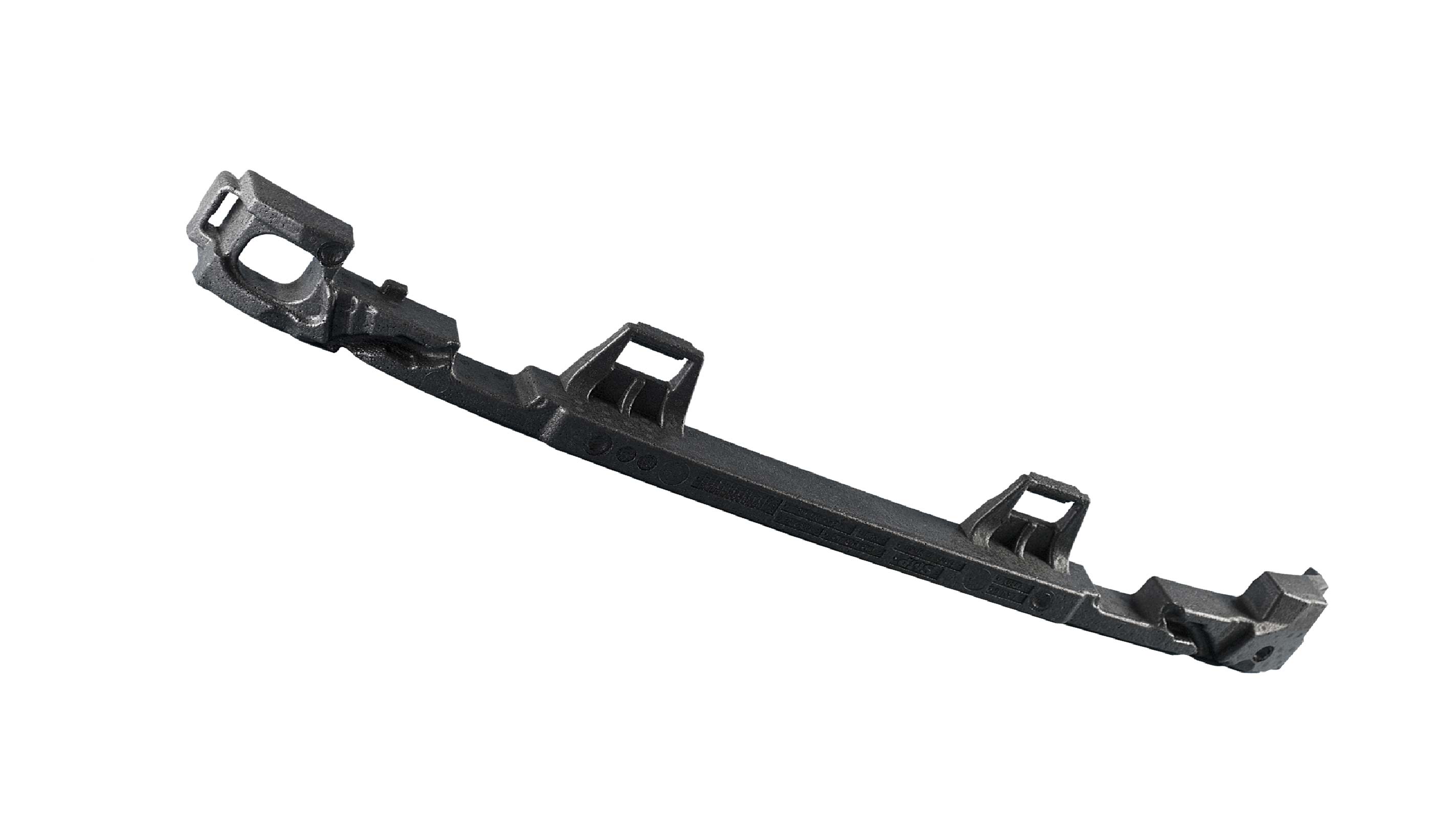Autonomous vehicles are currently one of the hottest topics in the automotive industry. The vision of a self-driving car is very enticing, but many experts wonder about the safety of such a solution. What is worth knowing about this topic?
Development of autonomous cars
The development of autonomous cars after 2021 has slowed somewhat – especially in the context of the most advanced systems, which exclude driver intervention entirely. This is primarily the result of supply chain disruptions involving the limited availability of electronic and semiconductor parts. In addition to the problems associated with the economic crisis caused by the coronavirus pandemic, however, it is important to note that there are a number of other issues that could affect the sector's continued growth. The challenges are mainly technological, legal and social in nature. The latter are particularly difficult to solve – many people still have considerable fears about the use of autonomous cars. The primary reason is the lack of interest for solutions in the area of artificial intelligence: although AI has increasing capabilities, full implementation of such vehicles on the road requires 100% safety assurance.
Despite the obstacles that stand in the way of implementing self-driving cars, autonomous vehicles constitute an integral part of the future of automobiles. The industry's largest corporations are racing to develop increasingly advanced technologies that may make driverless travel the standard in just a few years. It is estimated that by 2035 autonomous vehicles will account for about 14% of the European market, and as much as 34% in China.
Safety of autonomous cars depending on the level
When discussing safety, it is worth mentioning the variation in levels of autonomous cars. As defined by the Society of Automotive Engineers (SAE) organization, such cars can be divided according to the degree of autonomy. There are six (or seven) levels:
- level 0 – no automation;
- level 1 – cars equipped with assistance systems and tools that support the driver in specific situations, such as active cruise control;
- Level 2 – advanced systems that combine cruise control functionality (acceleration and deceleration) with automatic steering;
- level 2+ (not included in the official classification) – a category between level 2 and driverless driving capability; vehicles included in this group require control of the car's operation and readiness to take over driving;
- Level 3 – conditional automation: cars are able to take a set of actions that are key to safety, but the availability of such functions is dependent on weather, road type or traffic volume, among other factors;
- Level 4 – high level of automation, which allows driving completely without driver intervention under certain conditions; alerts and warnings are displayed in dangerous situations, but the car is able to handle driving on its own;
- Level 5 – cars that are fully automated, regardless of conditions and circumstances.
Risks of using autonomous vehicles
Concerns about the use of autonomous vehicles – both among experts and drivers alike – are mainly based on limited trust in modern technologies. This is especially true of solutions in the area of artificial intelligence. Another problem lies also in the current infrastructure, which in many places requires certain modifications for self-driving cars. Major areas of concern include:
- condition of the road infrastructure,
- total dependence of vehicle occupants on AI systems,
- cyber security risks associated with potential remote hacking of the car,
- unforeseen failures of individual systems, which can lead to a number of serious accidents.
What can be done to improve the safety of autonomous vehicles?
Currently, many automobile companies are researching how to increase the safety level of autonomous cars. A key issue is the reliability of the systems, but that's not all. In the context of this topic, the notion of active and passive safety should be explained in more detail. The former includes solutions related to assisting drivers so as not to cause an accident or collision or other dangerous situations on the road. Passive safety in the car, on the other hand, aims to minimize the consequences of otherwise unavoidable events.
Solutions in both areas are of great importance in autonomous vehicles. Smart, active and passive safety systems in cars are currently standard. ABS, EBD, ASR or ESP are already considered more or less basic equipment – but it is becoming increasingly common to hear about advanced designs being developed for self-driving vehicles. As for passive safety systems, on the other hand, these are mainly durable structural components made of materials such as expanded polypropylene and other specialty foams. These are plastics with unique properties that translate into, among other things, effective shock absorption, prevention of breakage during a violent jerk and reduction of the risk of falling out of the car during an accident. Safety car parts are now a staple in the design of new vehicle models – their use determines, for example, where the safest place in the car is.
The future of autonomous vehicles

Further development of autonomous vehicles, like the future of electric cars, leaves many questions unanswered at this point. Designers are constantly working on modern designs in which plastic components play an important role. These include EPP and EPS products manufactured by Knauf Automotive – the properties of these materials make it possible to improve a number of parameters related to the issue of safety in autonomous cars.